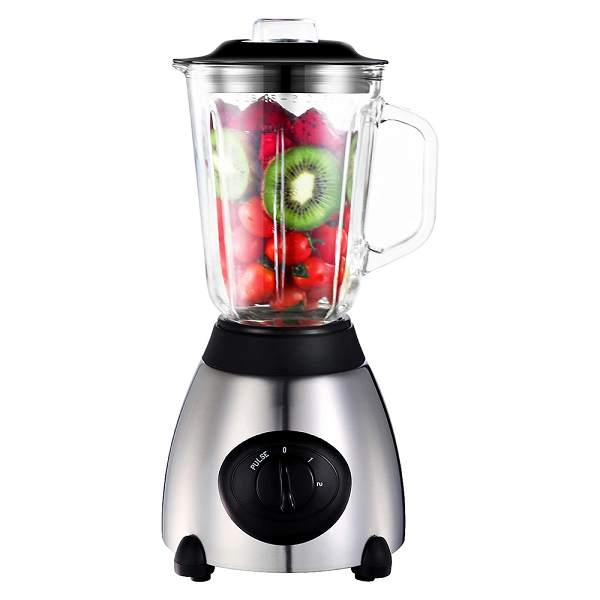

Views: 286 Author: Vickey Publish Time: 2024-04-12 Origin: Site








Pesto, the classic Italian sauce made primarily from basil, garlic, olive oil, and Parmesan cheese, is a versatile condiment that can elevate any dish. While traditionally prepared with a mortar and pestle, modern kitchens often rely on blenders for convenience and speed. In this blog, we will explore how to use a blender, specifically stainless steel blenders and those with speed control, to make fresh and delicious pesto.
Before diving into the recipe, it's essential to select the appropriate blender for making pesto. Stainless steel blenders are an excellent choice due to their durability, easy cleaning, and resistance to corrosion. Additionally, a blender with speed control is beneficial as it allows you to finely adjust the consistency of the pesto, ensuring a smooth and even texture. Look for models with multiple speed settings, pulse functions, and variable controls to achieve the desired consistency.
To make a classic basil pesto, gather the following ingredients:
●2 cups fresh basil leaves, packed
●4 cloves garlic, peeled
●1/2 cup freshly grated Parmesan cheese
●1/2 cup extra-virgin olive oil
●Salt and pepper to taste
Wash the basil leaves thoroughly and pat them dry with paper towels. Remove any thick stems, as they can be tough and stringy. Roughly chop the basil leaves to facilitate blending. Peel the garlic cloves and set aside.

Now that your ingredients are prepared, it's time to use your blender to create a delicious batch of pesto. Follow these steps:
1.Add the chopped basil and garlic cloves to the blender jar.
2.Pour in half of the olive oil, reserving the rest to add later. This will help prevent the pesto from becoming too thin too quickly.
3.Secure the lid of your blender and start at a low speed. Gradually increase the speed to medium or high, depending on your blender's capabilities. If using a blender with speed control, adjust the setting to achieve a smooth puree.
4.While the blender is running, stop occasionally and scrape down the sides of the jar with a spatula to ensure all the ingredients are evenly mixed.
5.Once the basil and garlic have formed a paste, slowly add the remaining olive oil in a steady stream while the blender is still running. This will emulsify the oil with the other ingredients, creating a creamy texture.
6.After all the oil has been incorporated, stop the blender and add the grated Parmesan cheese. Resume blending at a low speed, gradually increasing to medium or high until the cheese is well-incorporated and the pesto is smooth.
7.Taste the pesto and adjust the seasoning with salt and pepper as needed.
8.For a chunkier pesto, pulse the blender a few times instead of running it continuously. This will leave some texture to the basil leaves, providing a more rustic sauce.
9.Once you're satisfied with the consistency and flavor of your pesto, transfer it to a clean container for storage. You can store the pesto in the refrigerator for up to a week or freeze it in ice cube trays for longer preservation.
●To enhance the flavor of your pesto, consider adding other ingredients such as pine nuts, sundried tomatoes, or roasted red peppers. These additions can be easily incorporated into the blender along with the other ingredients.
●If you prefer a dairy-free version of pesto, omit the Parmesan cheese and substitute it with nutritional yeast for a similar umami flavor.
●To maintain the vibrant green color of your pesto, avoid overheating the mixture during blending. If possible, use a blender jar that has been chilled in the refrigerator beforehand.
●When storing pesto, press a layer of plastic wrap directly onto the surface of the sauce to prevent oxidation and discoloration.
By utilizing a blender, specifically stainless steel blenders and those with speed control, you can quickly and easily prepare fresh, homemade pesto with optimal consistency and flavor. Whether you prefer a smooth or chunky texture, a blender offers a convenient and efficient solution for making this versatile sauce. With these tips and tricks, you'll soon become a pesto-making pro, impressing friends and family with your culinary skills